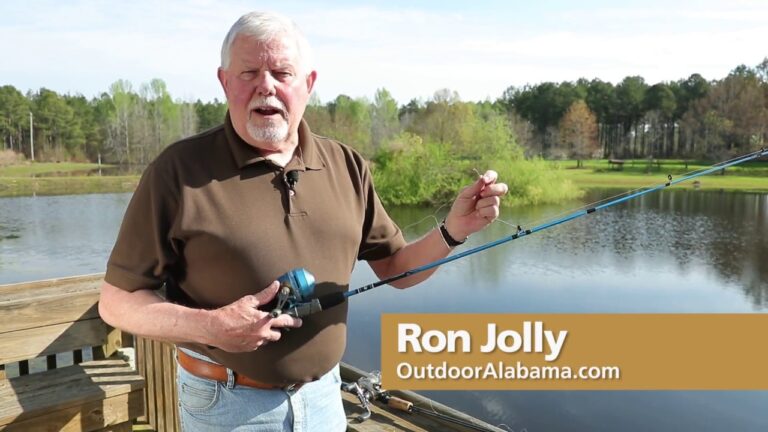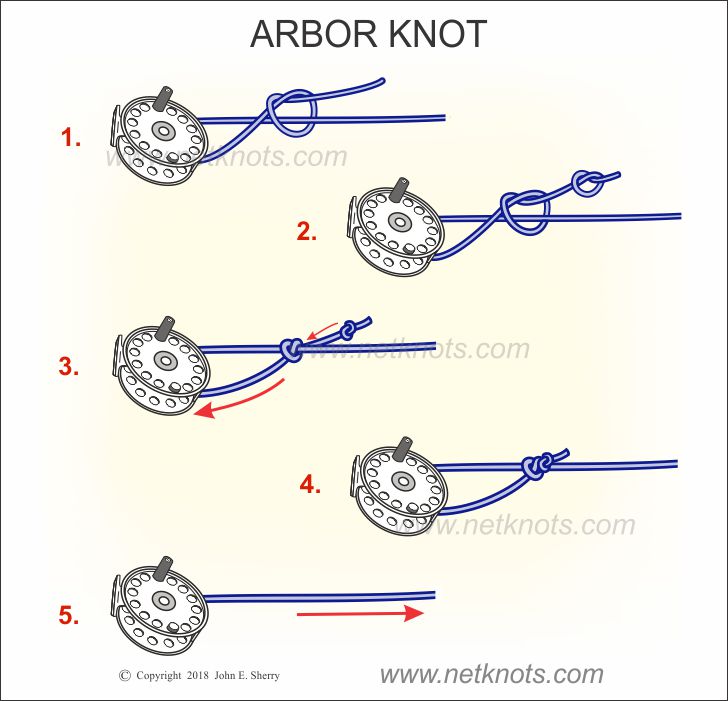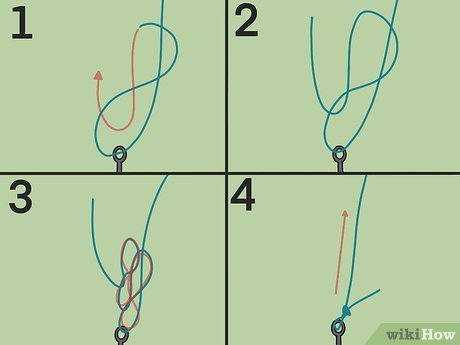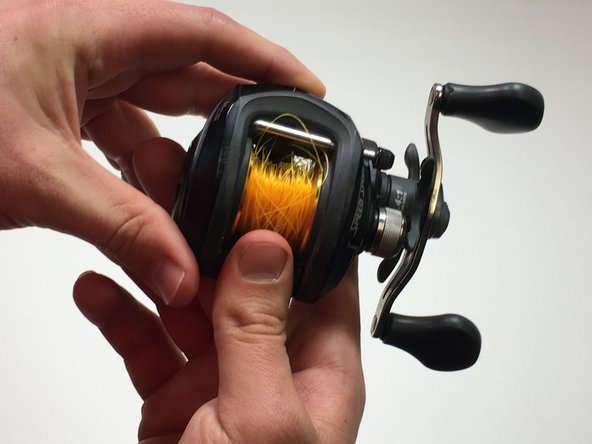How Long Does Mono Line Last

Monofilament fishing line typically lasts between 2 to 3 years before it requires replacement. Beyond this period, it can become brittle and lose strength.
Monofilament line, commonly known as monoline, is a staple for anglers due to its affordability and versatility. This type of fishing line has been the choice for recreational and professional fishing enthusiasts alike, offering a balanced blend of flexibility and durability.
Crafted from a single strand of material, usually nylon, monoline is praised for its ease of use and is excellent for a variety of fishing conditions. Regular replacement is essential for maintaining optimal performance, as exposure to the elements can degrade the line over time. By ensuring you switch out old monoline for fresh spools, you can avoid unexpected breakages and maintain the upper hand in your angling adventures.

Credit: www.everydayhealth.com
The Lifespan Of Mono Line
The lifespan of mono line fishing line depends on several factors. Frequency of use plays a major role; daily anglers will need to replace their line more often. The storage condition greatly affects longevity; lines stored in cool, dry places last longer. Exposure to sunlight and heat can weaken the line, as UV rays break down the material over time. The line’s thickness and material quality also dictate how long it will stay strong and durable. A line used in saltwater environments may degrade quicker than one in freshwater due to the corrosive nature of salt. Always check for abrasions and knots, as these are signs that the line may need replacing.
| Storage | Exposure | Water Type | Inspection |
|---|---|---|---|
| Cool, Dry | Limited UV Ray | Freshwater | Regular Checks |
| Variable Temp. | High UV Ray | Saltwater | For Abrasions/Knots |
Recognizing Signs Of Wear
Regular visual checks of mono line are essential for optimal performance. Look for any nicks, frays, or discoloration on the line. These flaws can weaken the line. Utilize bright light to spot hidden damages that could compromise its integrity.
- A glossy finish turning dull suggests wear.
- Lines with kinks or coils need replacement
- Notice uneven texture; it indicates potential breakage.
Consider how the line behaves during casting and retrieval. Lines that form loops or twists indicate wear. Deteriorated strength can lead to unexpected breaks. Do not wait for a break; replace the line at signs of worn performance.
Proper Storage Conditions
Mono line fishing line degrades over time. Temperature and humidity are critical for longevity. Keeping mono line in a cool, dry place away from sunlight is best. Fluctuations in temperature and moisture levels can weaken the line. Using airtight containers with silica packets can help. This technique regulates the environment and prevents degradation.
Avoid storing mono line in places like garages or cars. These spots often experience extreme temperature changes. Careful storage means your mono line will be ready for your next fishing trip.
:max_bytes(150000):strip_icc()/stages-of-mono-5176687-DD-Final-2-c545ae0b8d8a4cce82e3a01a3159bb0d.jpg)
Credit: www.verywellhealth.com
Impact Of Usage Patterns
The lifespan of mono fishing line largely depends on how often it’s used. Regular users might experience degradation faster. This occurs due to the line’s constant exposure to tension and friction during casting and retrieval. Anglers hitting the waters daily should inspect the line frequently and consider replacing it more often to maintain optimum performance.
On the other hand, environmental stressors such as UV rays, saltwater, and temperature swings also affect the mono line’s integrity. Continuous exposure to harsh sun can weaken the line, making it brittle and prone to snapping. Those who fish in varied environments should choose a higher quality line with better resistance to the elements.
Replacement And Recycling
Mono line, short for monofilament fishing line, needs regular checking. Look for signs of wear, memory, or brittleness. It is smart to swap out mono line frequently. Anglers often suggest doing this every season.
Used mono line should not go in the trash. Recycling programs can take your old line. Many tackle shops offer bins for this purpose. Some regions have outdoor recycling containers too. These programs turn old line into new products. Never leave mono line in the environment. It can harm wildlife.

Credit: meidik.en.made-in-china.com
Innovations In Mono Line Technology
The durability of mono line fishing lines has significantly improved. Modern synthetic polymers are a central reason for this. These new materials withstand the harsh elements faced during fishing. Aspects like ultraviolet (UV) resistance and abrasion tolerance are greatly enhanced, leading to longer line life. With these advances, anglers can expect their mono line to maintain strength and flexibility longer.
Technological advancements have also led to special coatings that repel water and reduce degradation. Not only do these coatings preserve the line, but they also maintain its clarity underwater. This makes the line less visible to fish. All things considered, these new materials and technologies significantly extend the life span of mono lines.
Frequently Asked Questions Of How Long Does Mono Line Last
How Often Should You Change Mono Fishing Line?
Change mono fishing line at least once a year, or every 2-3 trips if frequently exposed to harsh conditions. Regular checks for nicks or fraying help determine if more frequent changes are necessary.
How Long Is Monofilament Line Good For?
Monofilament fishing line typically lasts two to three years. Proper storage can extend its lifespan, but it’s best to replace it regularly to ensure strength and reliability.
Does Fishing Line Go Bad If Not Used?
Fishing line can deteriorate over time, even if unused. Environmental factors like heat and humidity can weaken the line, making it brittle or prone to damage. Regular replacement is recommended to maintain its strength and reliability.
Does Braided Line Last Longer Than Mono?
Braided line generally offers greater longevity than monofilament. It withstands UV damage and abrasion better, maintaining strength over time.
Conclusion
Understanding the lifespan of monofilament line is crucial for any angler. By monitoring its condition and exposure to elements, you can optimize its usage. Remember, replacing mono line regularly ensures top-notch performance and success on your fishing adventures. Stay proactive and reel in the big catch with confidence!





